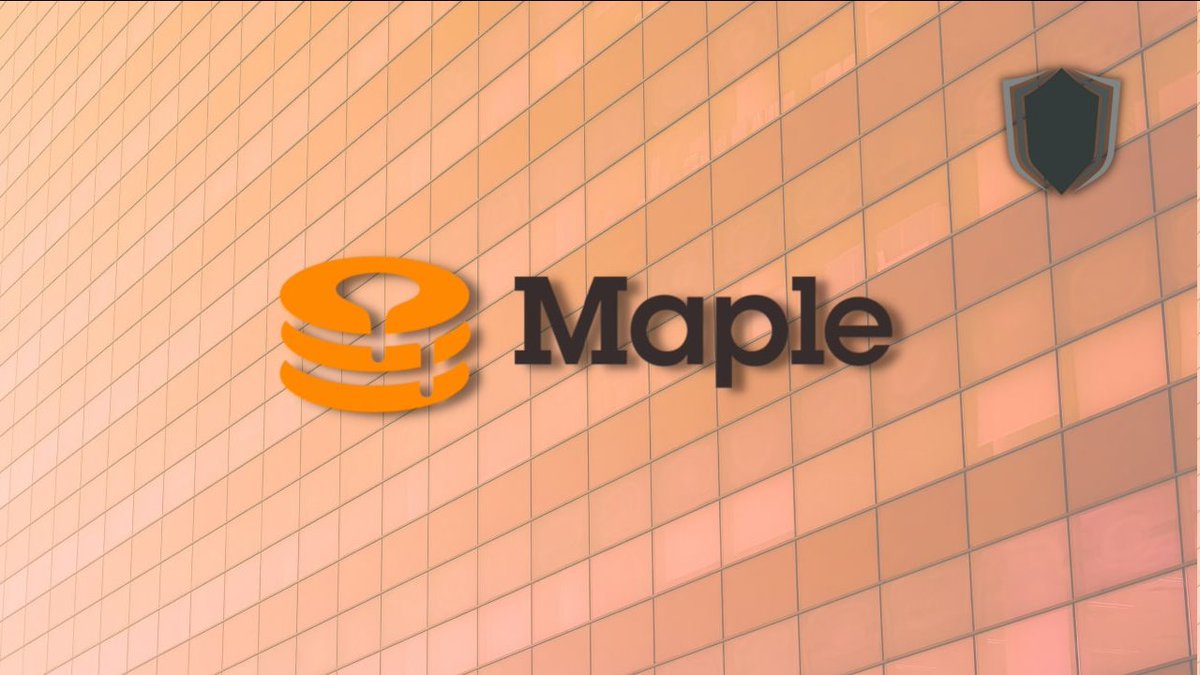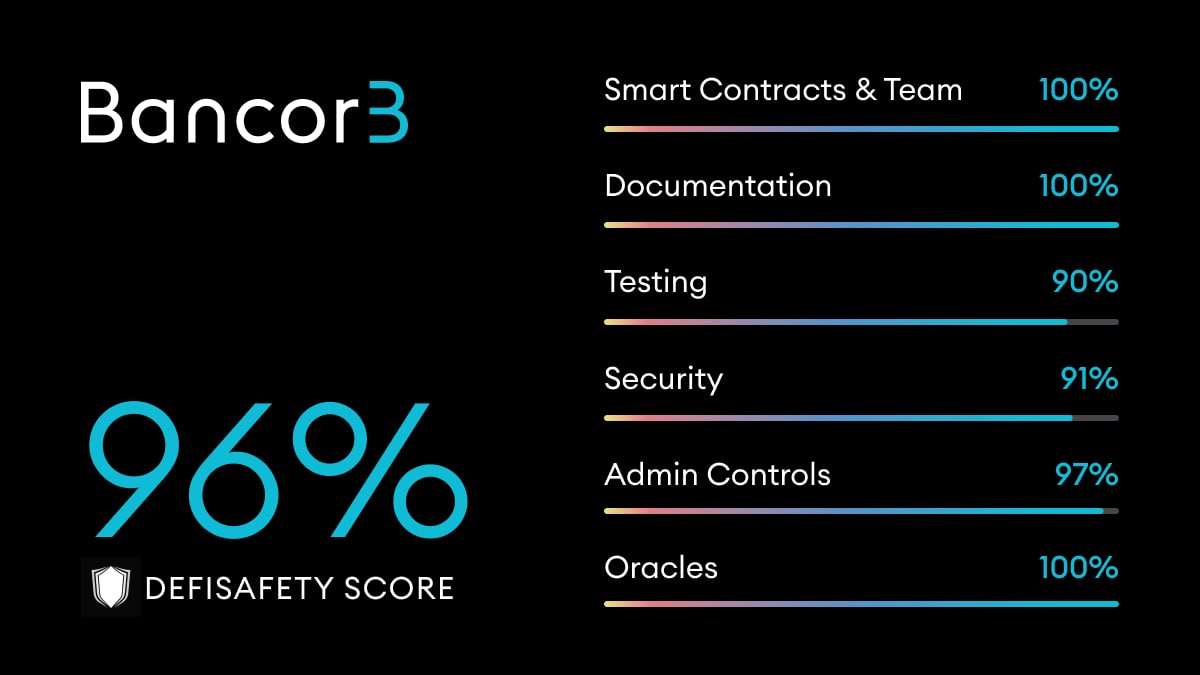
How to get URL link on X (Twitter) App


 2/15 To start off, Algorand’s 1400+ nodes network is a positive indicator of decentralization for software maintenance. Through relay/participation nodes, Algorand’s software has significant support, although we could not find information on geographical locations of nodes.
2/15 To start off, Algorand’s 1400+ nodes network is a positive indicator of decentralization for software maintenance. Through relay/participation nodes, Algorand’s software has significant support, although we could not find information on geographical locations of nodes.

 (2/7) 1inch is quite clear on how their code gets their users going (to swap), and this is done so with clear architecture docs as well as relevant information pertaining as to contract ownership. They've shown you theirs!
(2/7) 1inch is quite clear on how their code gets their users going (to swap), and this is done so with clear architecture docs as well as relevant information pertaining as to contract ownership. They've shown you theirs!

 (2/8) Popping up in front of a 6fter, Ondo takes control with some clear documentation relating to how their contracts function. We're also pleased by their public repositories, but note that due to private development process there is limited development history.
(2/8) Popping up in front of a 6fter, Ondo takes control with some clear documentation relating to how their contracts function. We're also pleased by their public repositories, but note that due to private development process there is limited development history.

 2/7 Maple has done some good work since our last report, though as a testament to our increased difficulty their score is 1% lower.
2/7 Maple has done some good work since our last report, though as a testament to our increased difficulty their score is 1% lower.

 (2/14) Cardano has yet to experience unplanned downtime. Holding up as a top 10 market cap platform, the chain has been stable and delivered on sustained runtime. Perhaps we could attribute this stability to the platform’s peer-reviewed approach to development.
(2/14) Cardano has yet to experience unplanned downtime. Holding up as a top 10 market cap platform, the chain has been stable and delivered on sustained runtime. Perhaps we could attribute this stability to the platform’s peer-reviewed approach to development.

 2/4 Meshswap has poor development history but at least they've got a public repository. They document no public testing in this repository - that's in need of improvement.
2/4 Meshswap has poor development history but at least they've got a public repository. They document no public testing in this repository - that's in need of improvement.

 (2/25) @avalancheavax has never gone down. This is impressive given the record of other smart contract L1s. The network has experienced massive load and it has met the demand - this is critical for any chain.
(2/25) @avalancheavax has never gone down. This is impressive given the record of other smart contract L1s. The network has experienced massive load and it has met the demand - this is critical for any chain.

 2/9 dYdX's public team does an excellent job at explaining their testing methodologies. Testnet deployments, perfect code coverage and scripts for users to replicate the tests themselves are all documented.
2/9 dYdX's public team does an excellent job at explaining their testing methodologies. Testnet deployments, perfect code coverage and scripts for users to replicate the tests themselves are all documented.

 2/21 Polygon has a relatively good technical risk rating. However, for the next 6 months, their score is suppressed due to chain downtime as per guidance. With this nastiness out of the way, let’s consider what they do well. thedefiant.io/polygon-outage…
2/21 Polygon has a relatively good technical risk rating. However, for the next 6 months, their score is suppressed due to chain downtime as per guidance. With this nastiness out of the way, let’s consider what they do well. thedefiant.io/polygon-outage…

 (2/7) Software documentation is a hard process to go through and siding the likes of Synthetix, AAVE, Liquidity is nothing short of an accomplishment. Great testing suite, spot-on smart contract documentation, clear admin controls, What does Angle not cover..? Nothing, it seems.
(2/7) Software documentation is a hard process to go through and siding the likes of Synthetix, AAVE, Liquidity is nothing short of an accomplishment. Great testing suite, spot-on smart contract documentation, clear admin controls, What does Angle not cover..? Nothing, it seems.

 2/7 We have nothing but praise to say here. Flawless explanations for both developers and users relating to how the protocol functions, great audit hygiene, a delicious bug bounty offering ... we could go on. Truly outstanding work dears.
2/7 We have nothing but praise to say here. Flawless explanations for both developers and users relating to how the protocol functions, great audit hygiene, a delicious bug bounty offering ... we could go on. Truly outstanding work dears.

 2/28 Firstly, Solana's base score is low. Despite a public software repository and some good documentation, their infrastructure relating to nodes is subpar.
2/28 Firstly, Solana's base score is low. Despite a public software repository and some good documentation, their infrastructure relating to nodes is subpar.

 2/5 To support this high score, thorough audits and a high bug bounty reward proved to be the winning formula for this magic potion. Add into the (Alche)mix their straightforward smart contract change capabilities and ownership roles and you get yourself a valuable elixir.
2/5 To support this high score, thorough audits and a high bug bounty reward proved to be the winning formula for this magic potion. Add into the (Alche)mix their straightforward smart contract change capabilities and ownership roles and you get yourself a valuable elixir.

 2/9 Firstly, the launchpad provider had a decent running start in our core transparency metrics. Addresses are public and easily found, devs are doxxed, technical documentation was present, and the well-maintained GitHub contained fully open-source software.
2/9 Firstly, the launchpad provider had a decent running start in our core transparency metrics. Addresses are public and easily found, devs are doxxed, technical documentation was present, and the well-maintained GitHub contained fully open-source software.

 2/7 First, Synthetix has always had a rock-solid base. Its technical documentation is anything but artificial and does a great job at covering its entire smart contract architecture. Moreover, the traceability of the source code implementations is excellent.
2/7 First, Synthetix has always had a rock-solid base. Its technical documentation is anything but artificial and does a great job at covering its entire smart contract architecture. Moreover, the traceability of the source code implementations is excellent.


 1/10 Almost five months ago, @ConvexFinance was harboring one of DeFi’s largest known vulnerabilities. Through a convoluted process, @OpenZeppelin was able to help patch up the potential exploit. Although both teams performed admirably, there are a few things to note.
1/10 Almost five months ago, @ConvexFinance was harboring one of DeFi’s largest known vulnerabilities. Through a convoluted process, @OpenZeppelin was able to help patch up the potential exploit. Although both teams performed admirably, there are a few things to note.

 2/5 Ribbon's passing grade comes from focusing on clear oracle information. This is especially vital as this is a derivatives exchange, making the data the contracts are dependent upon incredibly important. Since they're based on Opyn, they inherit the tried and true Chainlink.
2/5 Ribbon's passing grade comes from focusing on clear oracle information. This is especially vital as this is a derivatives exchange, making the data the contracts are dependent upon incredibly important. Since they're based on Opyn, they inherit the tried and true Chainlink.

